
Transatlantic Metals Alliance Targets Global Market Imbalances
The European Union and the United States have announced a landmark metals alliance to address China’s chronic industrial overcapacity. The pact, unveiled by European Commissioner for Trade Maroš Šefčovič, outlines a framework for coordinated trade policy covering steel, aluminum, copper, and their derivatives. As the global market struggles with the consequences of Chinese subsidies, this EU-US alliance represents a strategic shift to protect domestic industries through quotas and preferential tariffs.
Šefčovič emphasized that both the EU and US steel sectors suffer from similar pressures, particularly from low-cost Chinese exports. The proposed solution includes tariff rate quotas based on historical volumes, allowing for reduced or zero duties within set limits. This initiative effectively forms a “joint ring-fence” around transatlantic metal markets, aiming to stabilize prices and secure jobs in vital sectors.
The deal signals mounting political will on both sides of the Atlantic to counter China’s subsidized overproduction. Talks intensified after the May G7 finance summit, where global capacity imbalances were a major focus. Despite past engagements with Beijing, Šefčovič noted that EU concerns over state-supported excess capacity remain unresolved.
Key Industries and Strategic Goods Benefit from Zero Tariff Framework
Beyond the metals alliance, the broader EU-US trade agreement introduces fixed tariffs and zero-duty provisions across strategic sectors. Automotive, microchip manufacturing, and pharmaceuticals will now benefit from streamlined trade flows, with a 15% ceiling rate ensuring tariff predictability. Notably, several critical goods will enjoy duty-free status, further integrating transatlantic supply chains.
In a notable energy-related provision, the EU committed to increasing imports of American energy carriers. This not only strengthens energy security but also deepens economic ties between the two blocs. Meanwhile, steel and aluminum will continue to receive special treatment under the new quota system, reducing reliance on punitive tariffs that previously strained trade relations.
Crucially, this agreement positions the transatlantic partnership as a counterweight to China’s growing influence in the global metals market. By leveraging joint action and aligning regulatory standards, the EU and US aim to ensure fair competition and preserve industrial competitiveness across key materials and technologies.
SuperMetalPrice Commentary:
This metals alliance marks a significant strategic alignment between two of the world’s largest economies. By prioritizing quota-based trade over blanket tariffs, the EU and US signal a coordinated, rules-based approach to managing Chinese overcapacity. For commodity traders and manufacturers, this could bring much-needed predictability to steel, aluminum, and copper markets. Watch for pricing shifts and volume changes in Q4 as these policy measures begin to take effect. The alliance could also pave the way for more collaborative action on battery materials and rare earths—sectors increasingly critical to the energy transition.





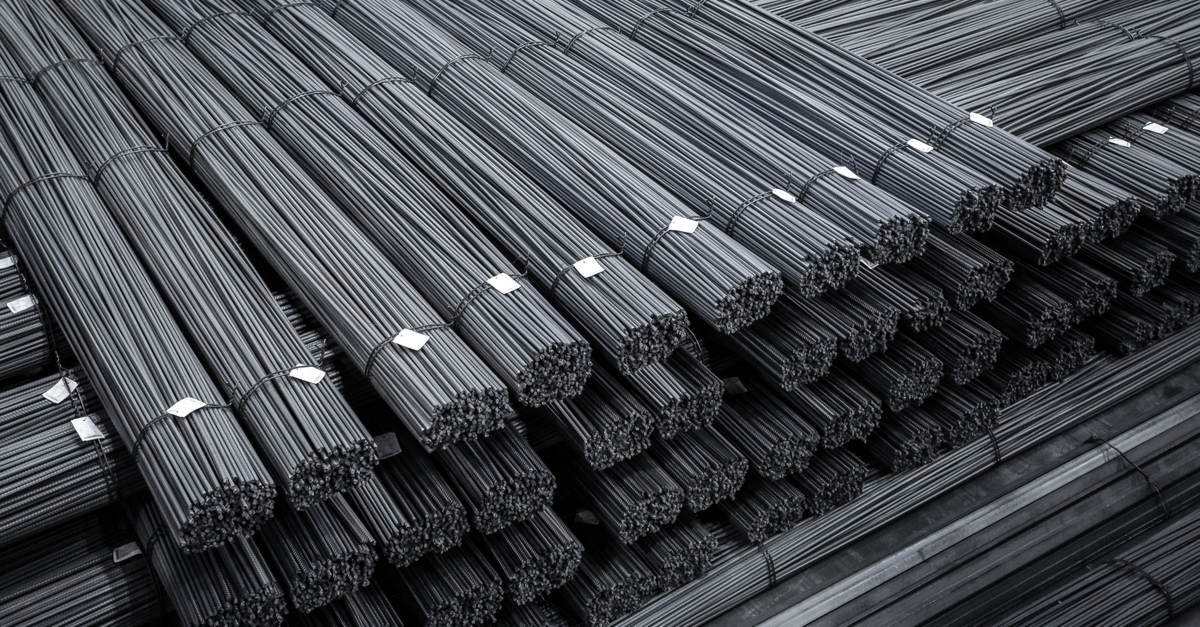

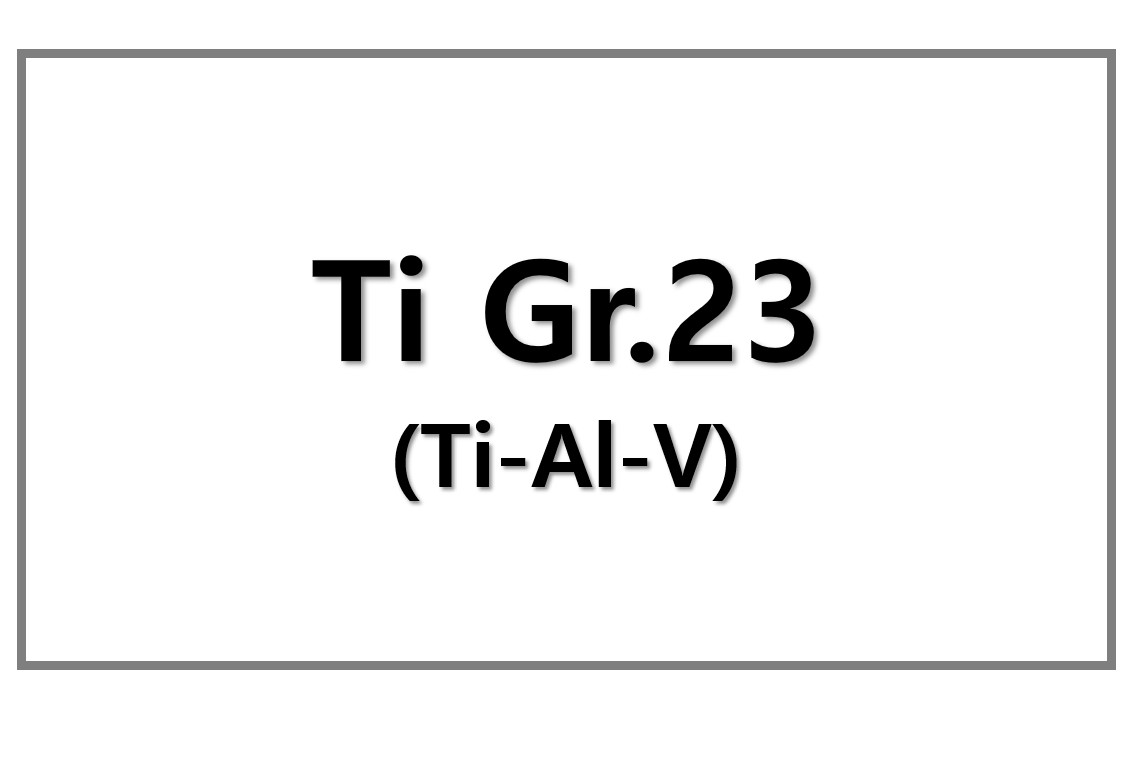
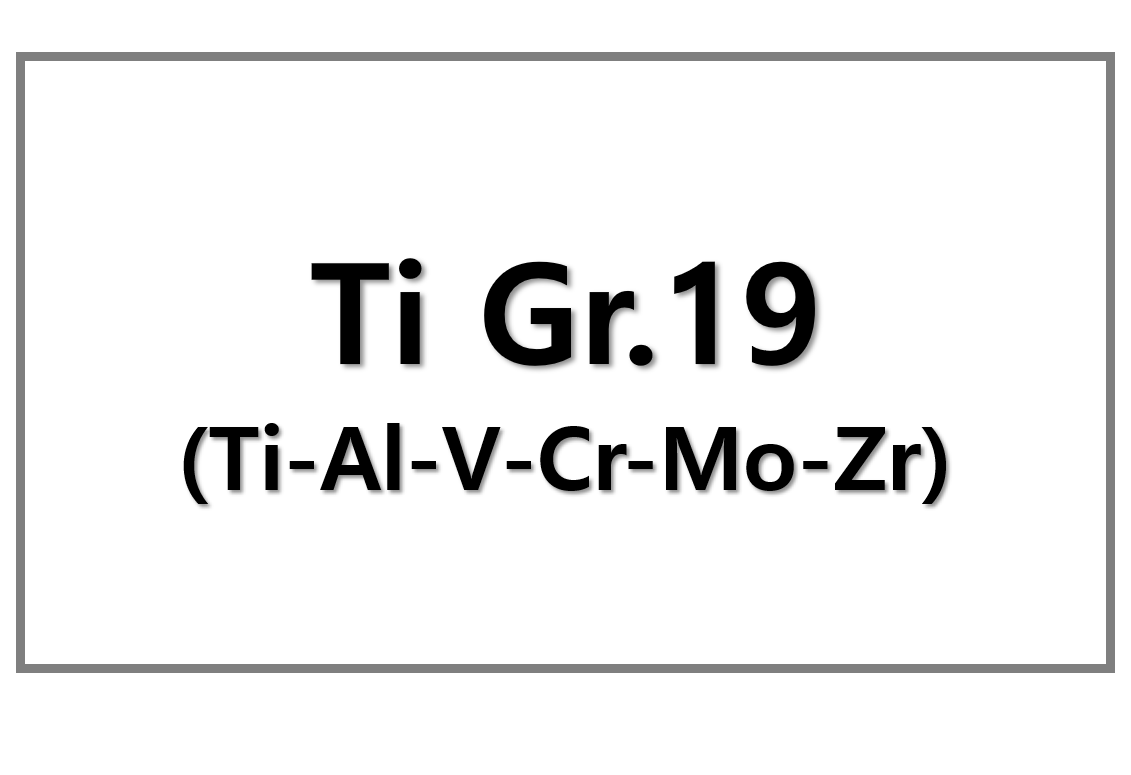
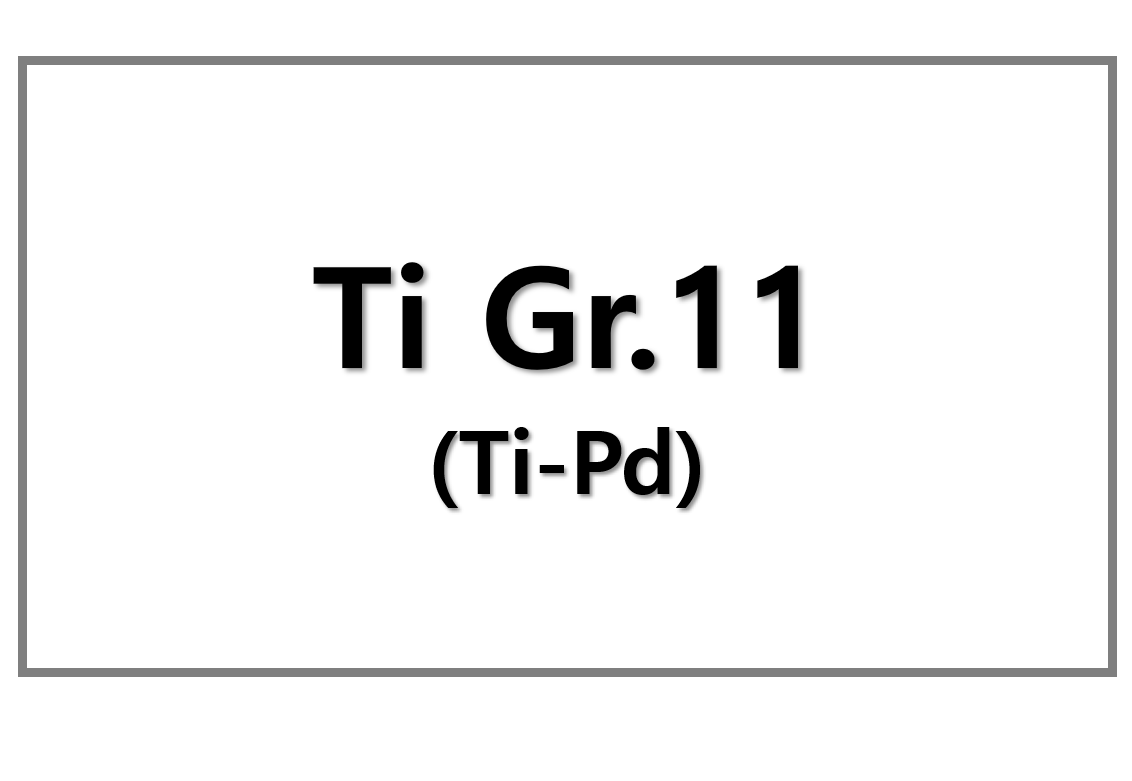
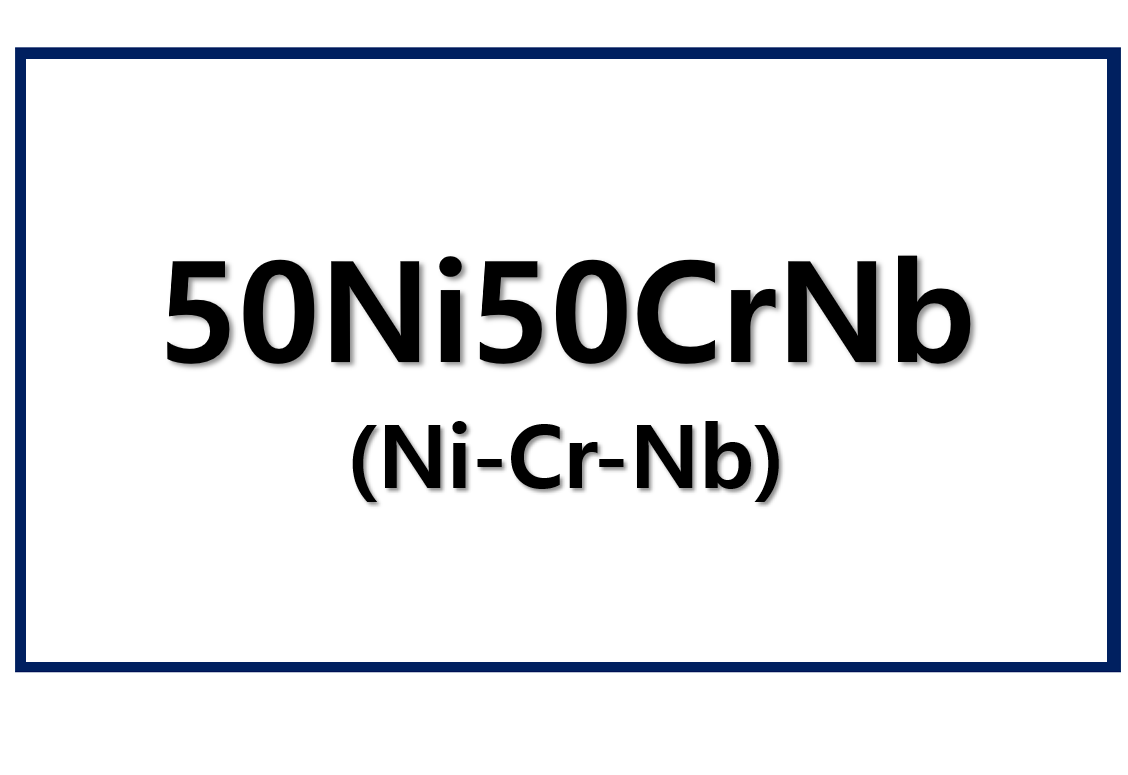
Leave a Reply
You must be logged in to post a comment.